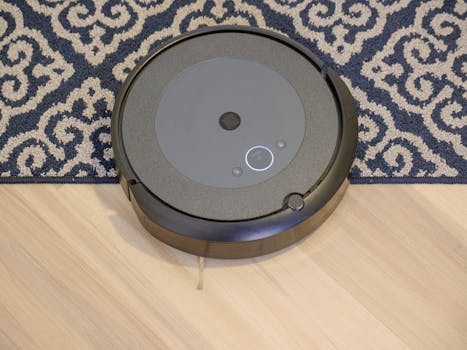
Smart Homes and Smart Living: The Technological Transformation of European Homes by 2025
Smart Homes and Smart Living is revolutionizing the way we live in our homes. The European housing market is undergoing a significant transformation with the integration of smart home technology. By 2025, European homes are expected to be more efficient, sustainable, and connected, leading to a new era of smart living.
Introduction to Smart Homes
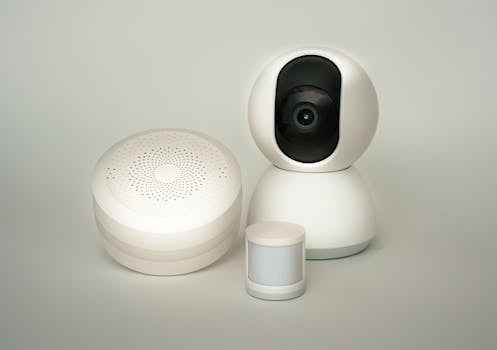
A smart home is a residence that has been equipped with advanced technology to make the lives of its occupants more comfortable, convenient, and energy-efficient. Smart homes are equipped with sensors, actuators, and microcontrollers that are connected to the internet, allowing homeowners to control and monitor various aspects of their home remotely.
Benefits of Smart Homes
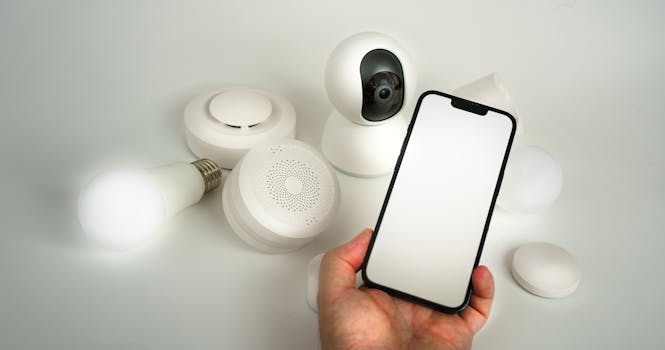
The benefits of smart homes are numerous. They include increased energy efficiency, improved home security, enhanced convenience, and better health and wellness. Smart homes can learn the habits and preferences of their occupants and adjust the lighting, temperature, and entertainment systems accordingly.
European Smart Home Market
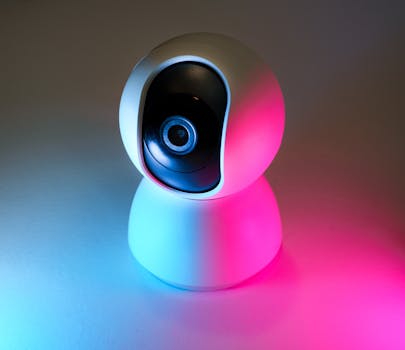
The European smart home market is expected to experience significant growth in the next few years. According to a report by MarketsandMarkets, the European smart home market is projected to reach $24.86 billion by 2025, growing at a Compound Annual Growth Rate (CAGR) of 12.3% from 2020 to 2025.
Technological Transformation of European Homes
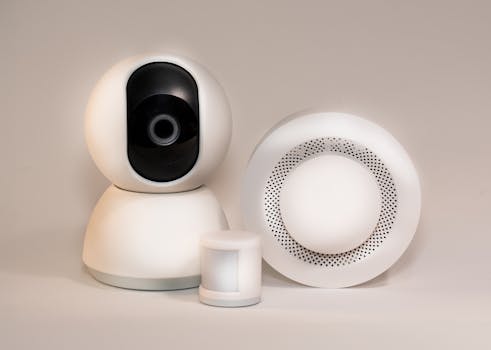
The technological transformation of European homes is being driven by advances in the Internet of Things (IoT), artificial intelligence (AI), and 5G networks. These technologies are enabling the development of more sophisticated smart home devices and systems that can learn and adapt to the needs of their occupants.
Challenges and Limitations
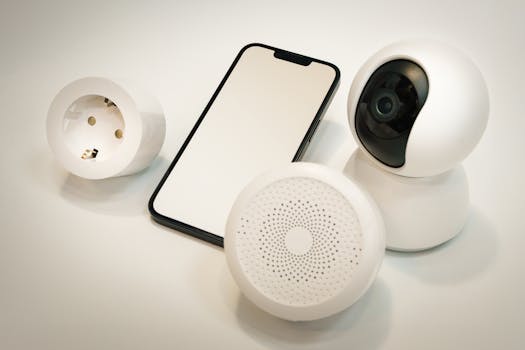
Despite the many benefits of smart homes, there are also challenges and limitations that need to be addressed. These include concerns about data privacy and security, the high cost of smart home devices and systems, and the need for standardized protocols and interoperability.
Conclusion

In conclusion, the technological transformation of European homes is expected to continue in the next few years, driven by advances in IoT, AI, and 5G networks. As smart home technology becomes more widespread, we can expect to see significant improvements in energy efficiency, home security, convenience, and health and wellness.

